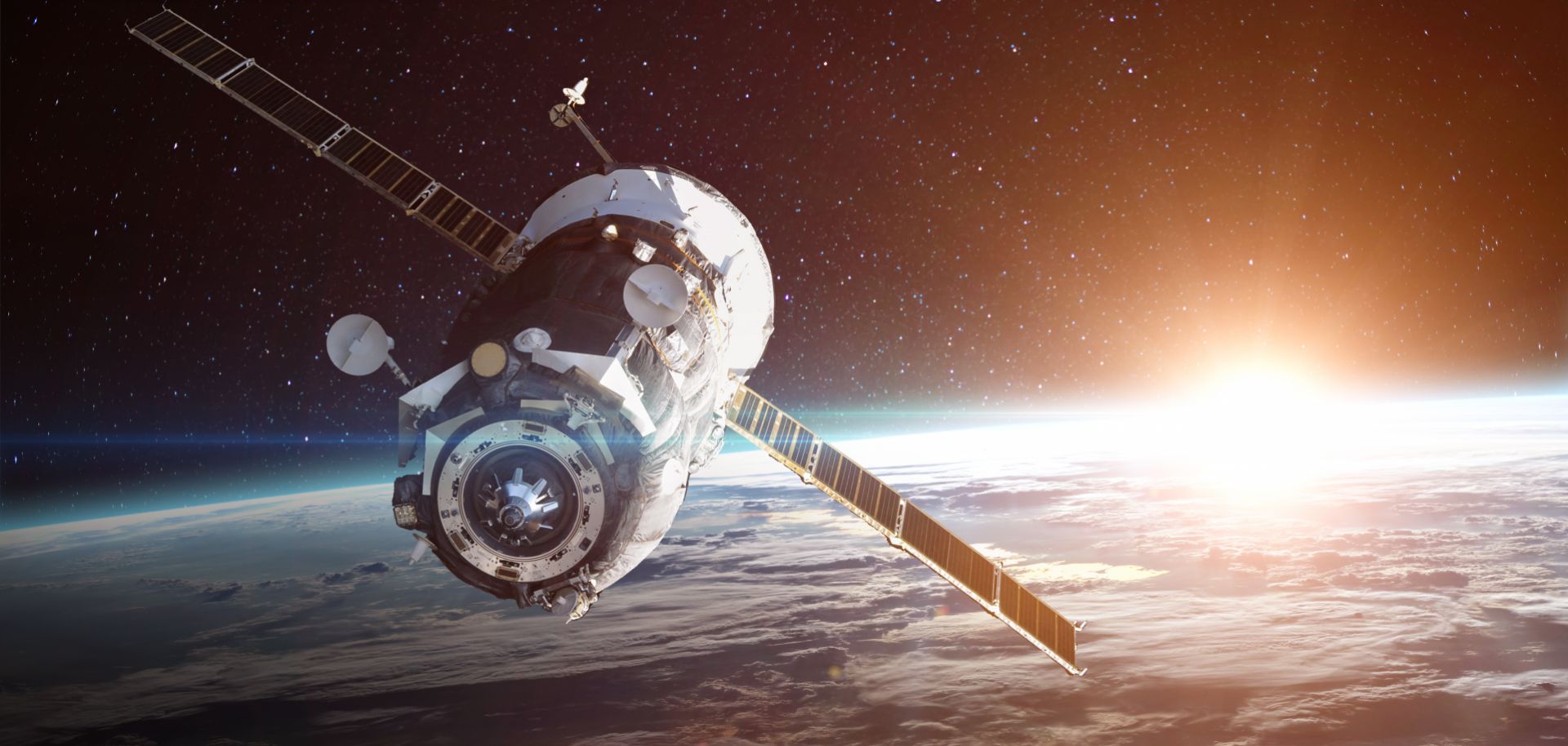COLUMNS
Great Power Competition Feeds the Threat Posed by Anti-Satellite Technology

Apr 18, 2019 | 09:00 GMT

A composite image from NASA-sourced images. Anti-satellite technology increases the risk that space will be littered with dangerous debris that could collide with important spacecraft either accidentally or during conflicts.
(VADIM SADOVSKI/Shutterstock)
Highlights
- As demonstrated by India's latest anti-satellite (ASAT) test, the number of countries willing to pursue ASAT weapons and capabilities in space is growing.
- The rising great power competition among Russia, China and the United States is driving ASAT use and development.
- ASAT technology produces dangerous space debris that can disable important satellites and challenge the long-term sustainable use of space.
- Unfortunately, adequate norms and treaties do not exist to regulate the ASAT risk, and the tense dynamics among global powers suggest they are unlikely to be formed in the near future.
Subscribe Now
SubscribeAlready have an account?
